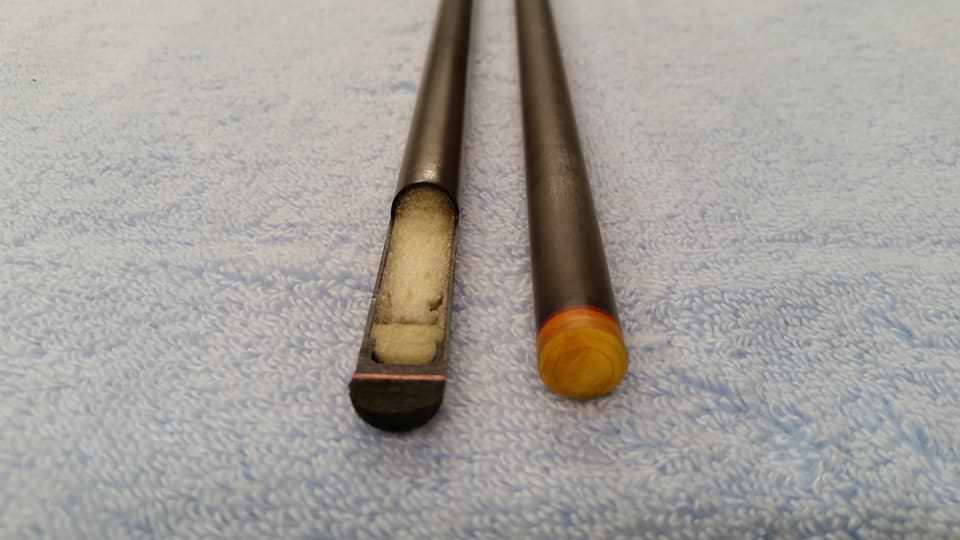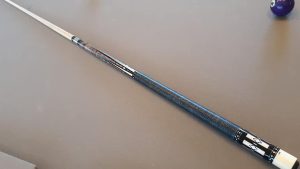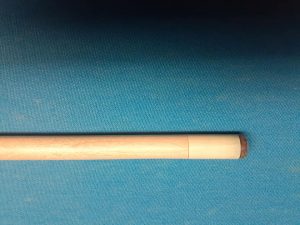What makes a good pool cue? A good pool cue isn’t just a stick; it’s a precision instrument that can make or break your game. Understanding what distinguishes a quality cue from the rest is crucial for every player striving to excel.
Have you been longing to know, what makes a good pool cue? Then this is your chance to get the answer. We have a number of tips to keep your cue tip top.
Any pool cue enthusiast would know that a pool cue is one of the most precious possessions he will ever own. Not only is a pool cue your weapon against your opponents, but it is also an extension of your personality. In fact, a professional pool player might go as far as saying that a pool cue is in fact an extension of him. Only by becoming one with pool cue sticks are great shots born.
There are a variety of things that adds up to the main components of a good pool cue stick, here we will be breaking them down for you guys to understand. The main features that make up a good pool cue are the material built, the shaft, the butt, and the tip, those are the main factors that will contribute to the makings of a good pool cue stick.
Table of Contents
What Makes A Good Pool Cue?
There are a few main types of materials that are mostly used by manufacturers, wood, graphite, and fibreglass. Wood is the most commonly used material when creating a cue stick, good quality cues are normally made from straight-grained hard rock maple wood. Most professional players would prefer using a maple wood cue although the cons of using this material would be that it’s much easier to warp especially when stored in a too-hot or cold area.
On the other hand, graphite/fibreglass will not warp as the wood and may carry a prettier design to it, some persons will prefer this type of pool cue stick over the wood. A graphite cue will be much cheaper than a maple wood-built pool cue, the graphite cues tend to be an average lower-quality pool cue, they can also be very flimsy and may not last as long as you would like them to last the material can also be hard to clean at times.
The shaft

The shaft is the thinner top half of the cue stick, it’s mostly constructed from hard maple wood, giving the pool cue stability and strength to each shot. There are a few types of difference-made shafts out there but for the most, we are going to just be sticking to the basics, a standard shaft, and a low-deflection shaft.
None of the shafts would be a bad pick, it will all depend on the amount you would want to be spending in a pool cue stick and the level of which you’re at of the game. It’s obvious a low-deflection shaft is going to cost more than the standard shaft but if you’re a beginner starting out in the game a standard shaft is just about good as the low-deflection pool cue for you at that level of the game.
A low-deflection shaft is good but it won’t increase your skills at a beginner’s level of the game, however, at a mid-level range of the game, you’re going to love the features of the low-deflection shaft brings. A standard cue, once it is not bent or damaged, will do the job just about right for you.
Another thing, you have a standard shaft as well as slim shafts, the standard shaft would give a more powerful hit due to that it’s heavier than the slim shaft but the slim shaft would give more spin and ball control abilities. Shafts are made with numerous tapers, the two most common ones are the pro taper and the European tape, they both will be a good choice depending on the type of game you wish to play.
How is the butt of the cue stick important?

The butt of the cue is where the bulk of the weight on the cue is usually distributed, it’s the thicker lower piece of the cue. The butt of the pool cue has various constructions, the adjustable weight systems are mainly in the butt which would normally give off a different “feel” because of the distribution of weight as well as the balance point of the pool cue.
The construction of the butt of the pool cue is often inlaid with exotic woods such as cocobolo, manjack ( more popularly known as bocote ) other featured materials like ebony and nacre are popularly used on the crafting of the butt of the cue as quality-graded materials.
The additional finishing product to the butt would be the wrap, there’s a variety of wraps out there but the two main types are Irish linen or leather wraps. These wrap types will provide superb grip control feel in the hand and will also absorb moisture from the hand.
A lower-priced quality cue would then feature a nylon wrap type that is considered not as good a “feel” as Irish Linen but is average and cost less on the market. Other popularly used are fibreglass and graphite which normally give off a Veltex grip feeling in your hand, it’s smoother but not glossy.
The tip of the cue stick

The tip is the part of the cue that you will be using to strike the ball, it’s the only part of the pool cue that’s to have contact with the cue ball plays. Most tips are made from leather, the variants of leather would normally be made in hard, soft, and medium for the most part of it, however, the manufacturers do make laminated leather tips which would vary from pigskin, cowhide, and even bore hide, depending on the manufacturer.
A hard tip will provide a much more powerful hit on the cue ball while having minimum control on the cue ball at the same time, hard tips are normally great for the usage of breaking the game as well. A soft tip will stabilize more control on the cue ball while reducing the power of the play.
The medium tip gives a bit of both power and control, however, most players tend to prefer the medium-hard tip on their cue to provide more powerful and average controlling abilities on the cue ball plays. Unless you are buying a specific breaking cue I would recommend getting the hard tip if not the medium tip is just fine but if you’re a player that wants full control of the cue ball a sift tip will be perfect for your medium soft to exact, you still wanna maintain a little power.
The tip end of the cue will vary in diameter but is typically in the bracket of 9 to the 14-millimetre range with 11.5–13 mm for pool cues if it’s snooker the best range would be from 9–10 mm the most common range size used. The most common size tip to find on a pool cue will be a 13mm size tip as well.
What To Consider When Buying A Pool Cue Stick
- Pool cue sticks are an investment, so select one based on your progress in the game. It does not make sense to purchase a high-end stick when you are only a beginner in the game.
- Consider your height while buying a pool cue stick. If you are above 6 feet tall, you might want to go for a longer pool cue stick.
- If you are used to playing with heavier sticks, consider buying additional weights that you can screw into the butt end of your pool cue stick.
- Always check the wood that goes into the making of your pool cue stick. There are a number of options you can choose from like, maple, cherry, oak, or even rosewood.
How To Care For Your Pool Cue? (6 Effective Ways)
- Protect your pool cue from direct sunlight, UV rays, or moisture.
- Inspect the shaft, tip, and butt end of your pool cue stick from time to time.
- Use only a soft cloth to wipe down your pool cue stick.
- Always store your pool cue sticks in an upright position in a pool cue rack, or a case, if you are transporting the pool cues.
- Never lean on your pool cue stick as that will damage its structure completely and ruin the alignment.
- Avoid borrowing, lending, or exchanging pool cues with anyone.
Elevate Your Game with the Perfect Pool Cue
In the world of pool, the right cue isn’t just an accessory; it’s an extension of your skill and style. Finding that perfect cue—balanced, responsive, and tailored to your technique—can significantly elevate your game, transforming an average player into a seasoned pro. So, invest wisely, and let your cue become the silent partner in your quest for mastery.
Thanks for taking the time out to read our article on What Makes A Good Pool Cue, we do hope you have enjoyed our article and it thought you something you did not know before reading it. Feel free to check out some other related articles that we have in the informational guide section as well.
You can also check:
- Pool Cues Under 500
- Amazing Pool Cues For Professional Players
- Set of 5 Pool Cues
- Checkout more related gifts related to pool cues on goodgifts.com
